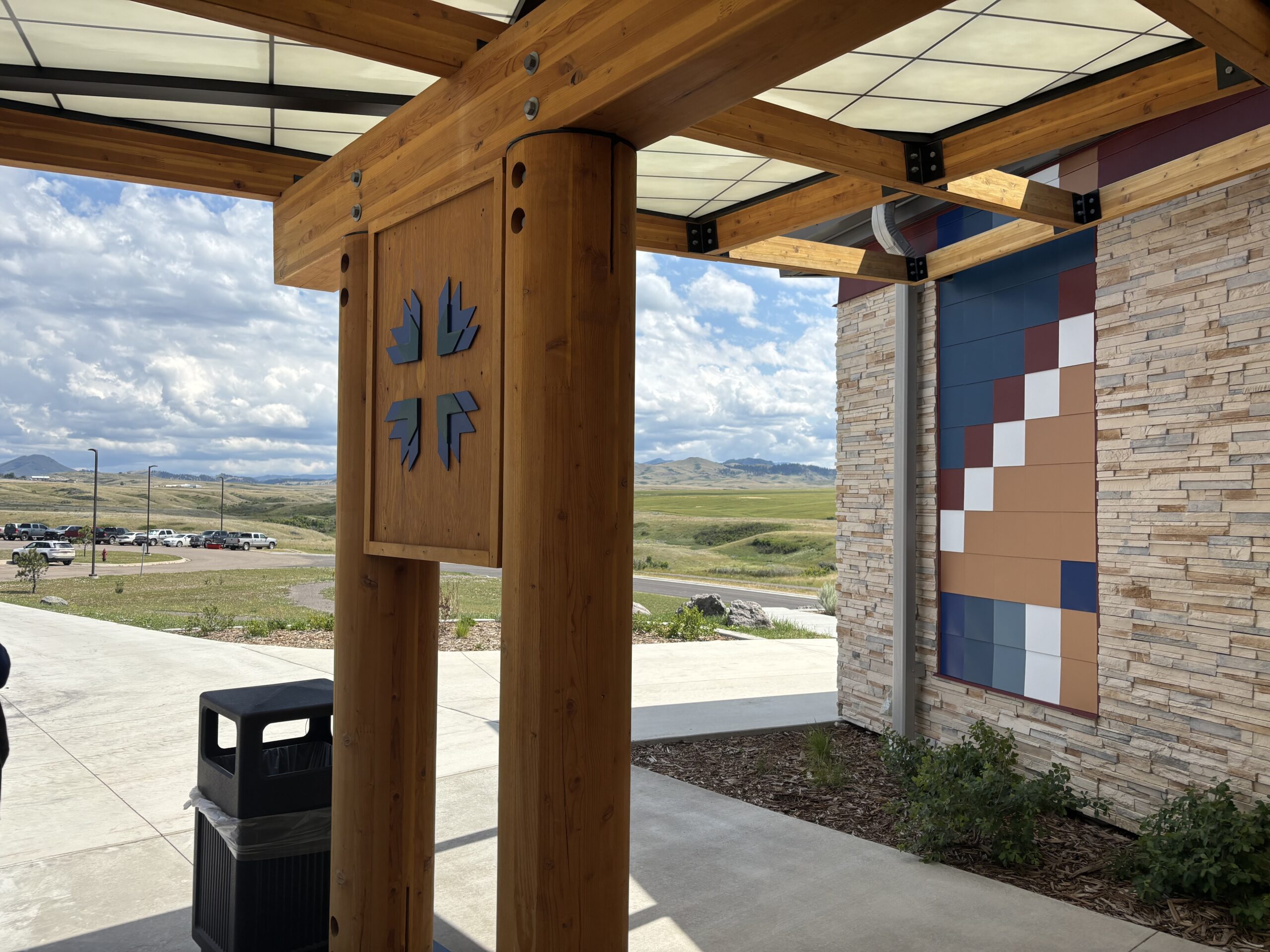A Global to Rural Innovation Network to Adapt Evidence- Based Cardiovascular Interventions to Context
Principal Investigators

Chris Longenecker, MD
he/himUniversity of Washington
- Director, Global Cardiovascular Health Program
- Professor of Medicine- Cardiology & Global Health
- Werner E. Samson Endowed Professorship in Cardiology

University of Idaho
- Associate Director of Medical Research
- Clinical Associate Professor, Athletic Training

GROW-RURAL Project Aims
Aim 1: To develop a practice-based implementation research network incubator for cardiovascular health interventions in the rural Mountain West and Pacific Northwest. We will engage 52 rural [rural-urban commuting area (RUCA) code 3] and rural-serving [RUCA code 4] primary care practices to conduct research that will rapidly generate data on CVD care implementation strategies responsive to priorities in diverse rural communities. We will conduct a formative mixed-methods needs assessment that will inform a community-engaged design process to establish the network incubator. We will then iteratively redesign the network during the demonstration projects to develop a final sustainable model.
Aim 2 (Demonstration Project): To adapt a digital optimization toolkit for heart failure with reduced ejection fraction (HFrEF) and test its implementation in rural clinical practice. Rural US residents are less likely to receive optimal doses of guideline directed medical therapy (GDMT) for HFrEF and have lower access to technology (e.g. telemedicine) to overcome rural barriers to care. Frugal mHealth solutions for heart failure management have been successful in LMIC and could be adapted to the rural US along with tools to improve digital health literacy. Leveraging an AHA-funded project conducted in the US and Brazil and using a human-centered design approach, we will adapt a patient engagement smartphone app, an integrated remote patient monitoring solution, and provider-facing technologies to select rural WPRN practices and test implementation in a Type III hybrid implementation-effectiveness trial using an interrupted time series design. The primary implementation outcomes will focus on reach, effectiveness, adoption, implementation, and maintenance (RE-AIM). The primary effectiveness outcome will be GDMT score. University of Idaho (UI) will lead this aim.
Aim 3 (Demonstration Project): To adapt differentiated service delivery models for cardiovascular disease prevention and test implementation in rural clinical practice. Differentiated service delivery (DSD) is the idea that healthcare must be delivered by the right people in the right places at the right time to be most effective and efficient11. Many DSD models were developed in Africa to provide efficient client-centered HIV care, and may be adapted to CVD prevention care in the rural US (global to local). Other DSD models—like clinical pharmacist management of hypertension in Black barbershops—developed in US cities but potential rural correlates of the urban Black barbershop have not been fully explored. Using a similar human-centered design approach as in Aim 2, we will adapt differentiated service delivery models for evidence-based hypertension care from Uganda and urban US to address hypertension in rural WPRN practices (and possibly other Life’s Essential 8™ (LE8) measures of cardiovascular health if deemed a priority by communities during the design process). We will test implementation in a Type III hybrid trial with RE-AIM implementation outcomes. The primary effectiveness outcome will be blood pressure (BP) control. Montana State University (MSU) will lead this aim.
Project Fellows
Project Partners
Center for American Indian and Rural Health Equity (CAIRHE)

As a research center for the people of Montana, CAIRHE epitomizes the service mission of our state’s land-grant university. Our investigators and their partners work diligently in Montana’s rural communities and on tribal lands to design health equity research and health interventions that improve quality of life and, ultimately, save lives.
Washington, Wyoming, Alaska, Montana, and Idaho (WWAMI) Region Practice and Research Network

This is an established regional practice-based research network comprising a collaborative group of 129 primary care clinics across 37 organizations in the 5-state Washington, Wyoming, Alaska, Montana, and Idaho (WWAMI) region and is led by our GROW-Rural co-I Dr. Allison Cole. The affiliated practices are diverse, including rural health clinics, community health centers, private practices, and university and hospital-affiliated clinics. The WPRN has collaborated with numerous academic investigators on projects that support implementation and test delivery system changes in primary care, including cardiovascular risk management which remains a top priority for the network
Washington Area Health Education Center Program

The Washington Area Health Education Center (AHEC) program, in the University of Washington School of Medicine’s Office of Rural Programs, works to improve the diversity, distribution, and quality of the healthcare workforce in Washington, Wyoming, Alaska, Montana, and Idaho. The Washington AHEC program relies on partnerships with affiliated AHEC program offices in Montana and Alaska and Idaho, as well as clinics and communities in the states of Washington, Wyoming, Alaska, Montana, and Idaho (the “WWAMI” states). Washington AHEC promotes health career pathways, creates healthcare educational opportunities for students from junior high school through professional and post-graduate training, and supports health care providers working with underserved populations.




